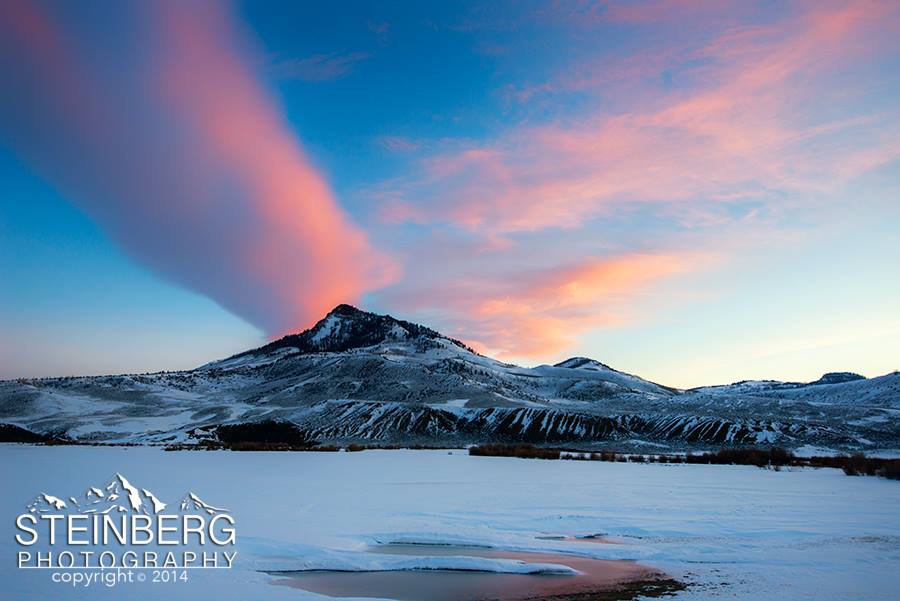Last spring, artist Richard Prince used photographer Patrick Cariou’s images in his artwork. To much disbelief, this was not considered infringement. The United States Court of Appeals reasoned that as long as the work was transformed, it did not violate copyright.
“Technological advances, shifting artistic values and dizzying spikes in art prices have turned the world of visual arts into a boxing ring for intellectual-property rights disputes. Photographers, in particular, are complaining not only that their work is being stolen by other artists, but also that their ability to create new work related to their originals is also being compromised,” stated this New York Times article on the subject.
As a photographer, it’s important to understand your rights, as well as what constitutes as fair use. According to the U.S. Copyright Office, section 107 of the copyright law contains a list of different purposes in which the reproduction of a work may be considered fair. Such purposes include criticism, comment, news reporting, teaching, scholarship, and research. Section 107 also notes four factors that a court considers in determining whether or not a work is constituted as fair use. The first factor is the purpose and character of the use, including whether such use is of commercial nature or is for nonprofit educational purposes. The second factor is the nature of the copyrighted work. The third is the amount and substantiality of the portion used in relation to the copyrighted work as a whole, and the fourth factor is the effect of the use upon the potential market for, or value of, the copyrighted work.
Whether you are starting out in the world of photography or a seasoned professional, it’s important to know your rights, and the rights of others. Award-winning photographers Jim & Lori Steinberg capture nature’s wonders all over the world. To learn new tricks, check out our workshops here and connect with us on Facebook to see more photographs.





